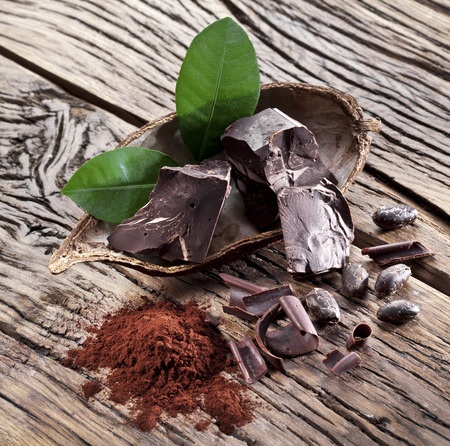Selay Marius Kouassa is a reporter for the Netherlands’ Metropolis TV. He traveled to the Ivory Coast earlier this year on a fascinating mission: to introduce cocoa farmers to the sweet taste they’ve helped bring into the world, but most will never see, smell or taste in its final form.
This cocoa bean farmer, N’Da Alphonse, his family, and his laborers have made a living gathering, harvesting, and drying beans from the cocoa plant in the sun for most of their lives. He knew his cocoa beans were turned into food for “white people” overseas, but he never knew exactly what kind, and the running rumor was that white people were using it to make wine.
N’Da Alphonse samples the chocolate and is honored to be the one to introduce his fellow farmers to their first taste of chocolate:
“I tell you what, ” he says the the group, “Our guest has brought a precious gift. The dried cocoa beans are used by the whites to make this,” he tells them as he passes around a few chocolate bars and the farmers inspect the packaging.
The farmers smile and squeal with delight.
“It’s so sweet!”
“This is why white people are so healthy,” N’Da Alphonse explains with a smile.
Only 3% of the money we pay for a chocolate bar makes it back to the farmers who grow the beans. The rest goes to the people much higher on the the supply chain, the manufacturers and processors who distribute the final product across the globe. Ivory Coast farmers make roughly $10 a day, and most of them will never even see a candy bar, much less taste the finished fruits of their labor. (Alphonse makes the equivalent of $7 a day, which he splits amongst his laborers and family after expenses.)
